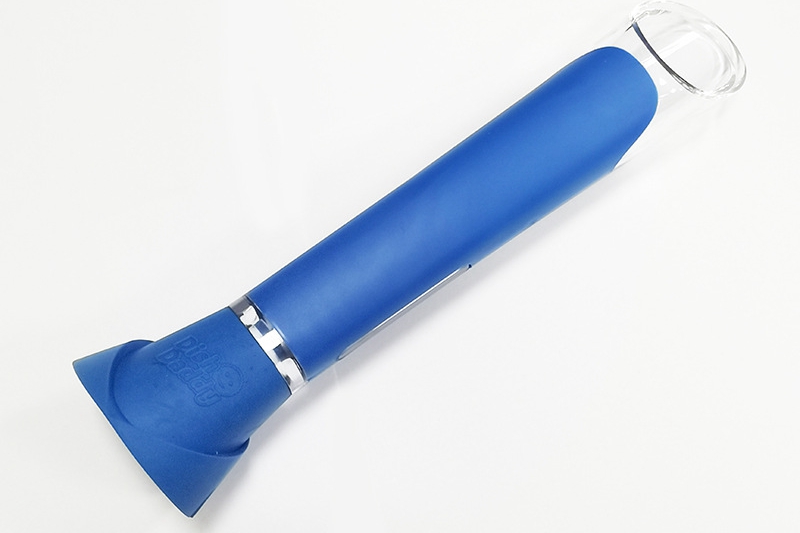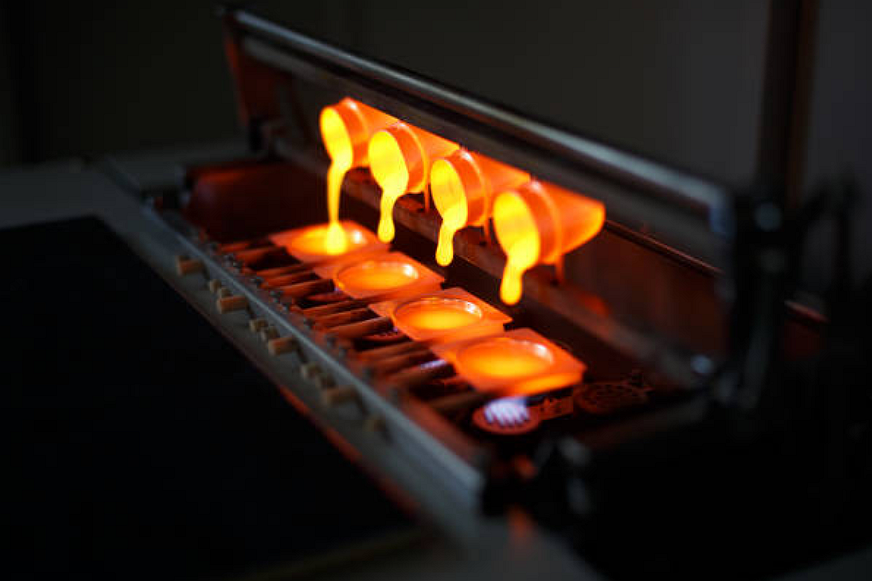How to choose the best plastic material for tool casings under cost limits?
When selecting plastics for tool casings under strict cost limits, the most important engineering question is not “what is the best material?” but “what is the lowest-cost material that still meets impact, temperature, and chemical resistance targets.” That means starting with the lightest, most economical resins—then only stepping up to more expensive grades where real loads, drop tests, or regulations demand it. Neway usually combines cost-optimized material selection with design tuning and efficient plastic injection molding to keep both tooling and part prices under control.
Clarify Performance Zones Before Choosing Resin
Tool casings rarely need the same performance everywhere. High-stress zones around gearboxes, battery interfaces, and handle structures are subjected to torque, drops, and screw loads; other areas are primarily cosmetic. We map these zones early, then match materials to their functions. For low-load outer shells, cost-effective resins like PP (polypropylene) or ABS are often sufficient. For structural ribs, screw bosses, and hinge areas, tougher engineering plastics such as nylon (PA) or PBT can be used locally through multi-shot or insert-based design, rather than upgrading the entire housing to a premium resin.
Material Tiering to Balance Cost and Performance
In practice, we group candidate materials into tiers:
Cost-focused, general-purpose casings – ABS or ABS-PC blends offer good stiffness and surface quality at a moderate cost, making them suitable for DIY or light-duty tools.
Mid-tier impact and heat resistance – polycarbonate (PC) or PC-based blends offer high impact performance and improved heat resistance, particularly in applications where tools experience frequent drops and higher motor temperatures.
High-strength, fatigue-prone interfaces – Glass-filled PA or PBT are chosen for internal frames, gear covers, or bearing seats that must stay dimensionally stable over long life.
Using tiering, we avoid specifying a high-cost engineering plastic across the entire tool when only 20–30% of the casing actually needs it.
Using Overmolding Only Where It Adds Value
Soft grips and seals are essential for ergonomics and IP performance; however, elastomers are more expensive per kilogram and add to cycle time. We use overmolding with materials like TPE-TPV or TPU only in zones that truly benefit the user, such as handles, triggers, and sealing lips. This approach keeps the base shell in an economical, rigid resin while limiting premium soft materials to thin, functional layers.
Design Optimization to Avoid Over-Spec Materials
Often, smart geometry saves more cost than changing resin. By using ribbing, boxed sections, and localized bosses, we can maintain low wall thickness and stay within strength limits, even with relatively inexpensive materials. Neway typically validates these designs using prototyping workflows that combine CNC machining and 3D printing, allowing the team to run realistic drop and torque tests before finalizing a material specification.
Surface Finish and Coatings to “Upgrade” Economy Resins
When aesthetics or chemical resistance are the primary drivers, it is often more cost-effective to use a mid-range resin and upgrade the surface, rather than switching to a premium plastic. For example, ABS or PC/ABS shells can be enhanced by painting or applying a lacquer coating to improve appearance and cleanability, without altering the base material. This approach protects cost targets while meeting brand and durability requirements.



